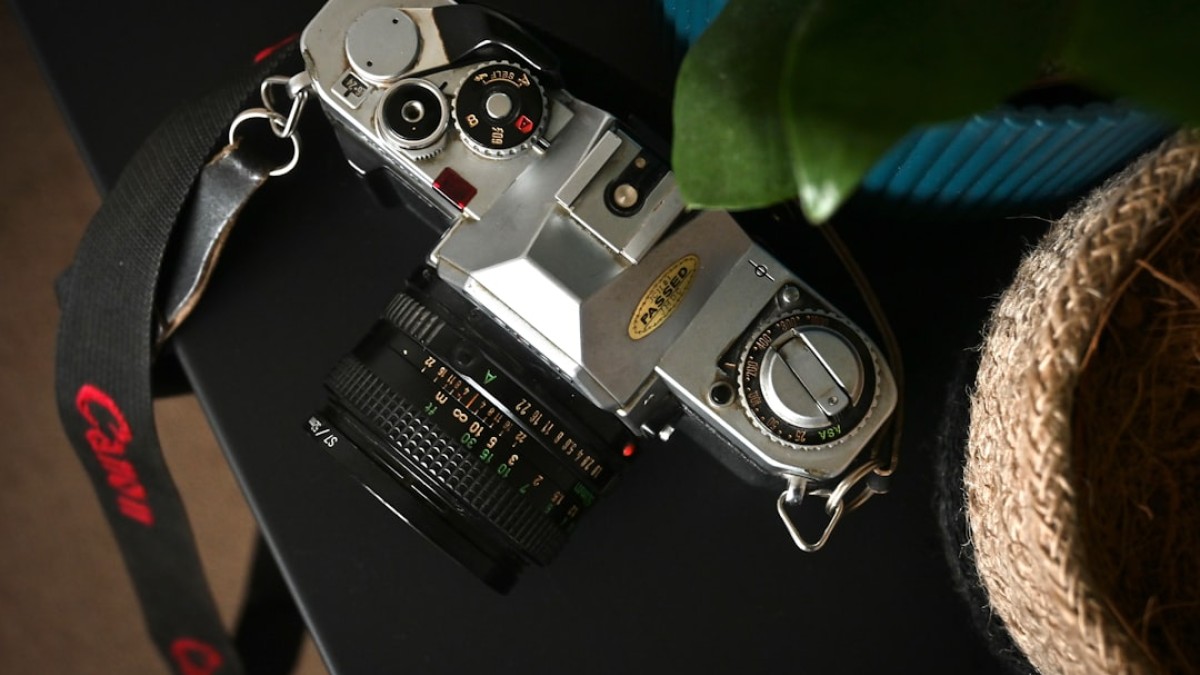In today’s visual-centric world, the quality of images can make or break your online presence, whether you’re a budding photographer, a social media influencer, or simply someone wanting to showcase cherished memories. To achieve the best results, effective photo editing is crucial, especially when it comes to cropping images. This guide aims to simplify the process of photo editing, focusing specifically on PC photo croppers that are easy to use and don’t require you to be a professional graphic designer.
The Problem: Why You Need a Good Photo Cropper
High-resolution images can suffer from various issues: unwanted backgrounds, awkward framing, or simple misalignment. Frequently, a simple crop can enhance your image dramatically. Crop editing allows for:
- Improved framing of your subject
- Better composition
- Removal of distractions in the background
- Adjusting image dimensions for specific platforms (such as social media or websites)
Use Cases for Different Editing Tasks
1. Cropping
Cropping can completely transform an image by focusing on the subject, eliminating distractions, or adjusting the aspect ratio for different platforms.
- Example: A landscape photograph can be cropped to highlight a beautiful sunset by removing excess sky.
2. Background Removal
While cropping is often about trimming excess, background removal caters to creating clean, professional-looking images.
- Example: E-commerce businesses frequently need to display products without distracting backgrounds.
3. Basic Retouching
Retouching involves more than just cropping; it can also mean minor adjustments like brightness and contrast, focusing largely on enhancing the subject of the photo.
- Example: Brightening a portrait to make subjects stand out against a dim background.
Recommended PC Photo Croppers: Tool-Specific How-To Instructions
There is a plethora of easy-to-use cropping tools available online. Here’s a comparison of some of the popular options along with a step-by-step guide for each.
1. Canva
How to Crop an Image in Canva
- Sign Up / Log In: Navigate to Canva and create an account or log in.
- Select Your Image: Click on the "Create a design" button and upload your image.
- Crop the Image: Click to select the image, then click on the "Crop" button located in the toolbar.
- Adjust the Frame: Drag the corners of the frame to your desired crop area.
- Apply Changes: Click "Done" to finalize the crop.
- Download the Image: Click on the "Download" button to save your cropped image.
2. Fotor
How to Crop an Image in Fotor
- Access Fotor: Visit Fotor
- Upload Your Image: Click on the "Edit a Photo" button and upload the image you want to crop.
- Select Cropping Tool: Look for the "Crop" option in the left menu.
- Choose Aspect Ratio: You can specify a ratio or drag to select the area you want to keep.
- Preview Your Crop: Check the preview to ensure it meets your needs.
- Save Your Work: Click "Download" to save your image once you’re satisfied.
3. Pixlr
How to Crop an Image in Pixlr
- Open Pixlr: Go to Pixlr
- Select Editor: Choose the Pixlr E for more advanced features or Pixlr X for quick edits.
- Upload Your Image: Select "Open Image" to upload your desired photo.
- Select Crop Tool: Click on the cropping tool from the toolbar.
- Draw Your Crop Area: Click and drag to outline the area you wish to crop.
- Apply Crop: Click "Apply" to execute the crop.
- Save Image: Use the "File" menu to save your edited image.
4. Photopea
How to Crop an Image in Photopea
- Navigate to Photopea: Visit Photopea
- Open Image: Click on “File” and then “Open” to upload your image.
- Select Crop Tool: From the toolbar, pick the crop tool (or press "C").
- Adjust the Crop Frame: Drag to define the area you want to keep.
- Complete the Crop: Press "Enter" to finalize the crop.
- Save the Cropped Image: Go to “File” and choose “Export As” to save the file.
Common Mistakes and How to Avoid Them
-
Over-Cropping: Be mindful not to cut off important parts of your image; always keep the subject in focus.
-
Neglecting Aspect Ratios: Different platforms use different aspect ratios. Familiarize yourself with standard sizes for social media or prints.
-
Ignoring Image Resolution: Make sure not to save overly compressed images, which can lead to a loss of quality.
- Focusing Too Much on the Center: While central framing works, sometimes off-center cropping can create a more appealing composition.
Expert Tips for Better Results
-
Use Grids or Guides: Applying the rule of thirds can dramatically improve the composition of your images. Many editing tools provide a grid overlay for assistance.
-
Experiment with Different Crops: Don’t settle for the first crop. Play around with different compositions to see what works best.
-
Keep Backups: Always keep a backup of the original image to ensure you won’t lose quality or composition.
-
Leverage Online Tutorials: Utilize free resources and tutorials specific to the tool you’re learning. Websites like YouTube have tons of instructional videos.
- Stay Updated: Keep an eye on software updates, as many online editors continually improve their tools and offer new features.
Summary: Your Final Checklist
Before you hit that "Save" button, ensure you’ve:
- Checked the composition.
- Used appropriate aspect ratios for your intended use.
- Reviewed the resolution of the image.
- Saved a copy of the original image.
In conclusion, photo editing doesn’t have to be a daunting task. With the right tools and a little practice, you can transform your images into stunning visuals. Whether you need to crop, retouch, or remove backgrounds, the tools outlined in this guide offer user-friendly solutions that will meet various needs. Dive into the world of editing and unlock the full potential of your photos today!
